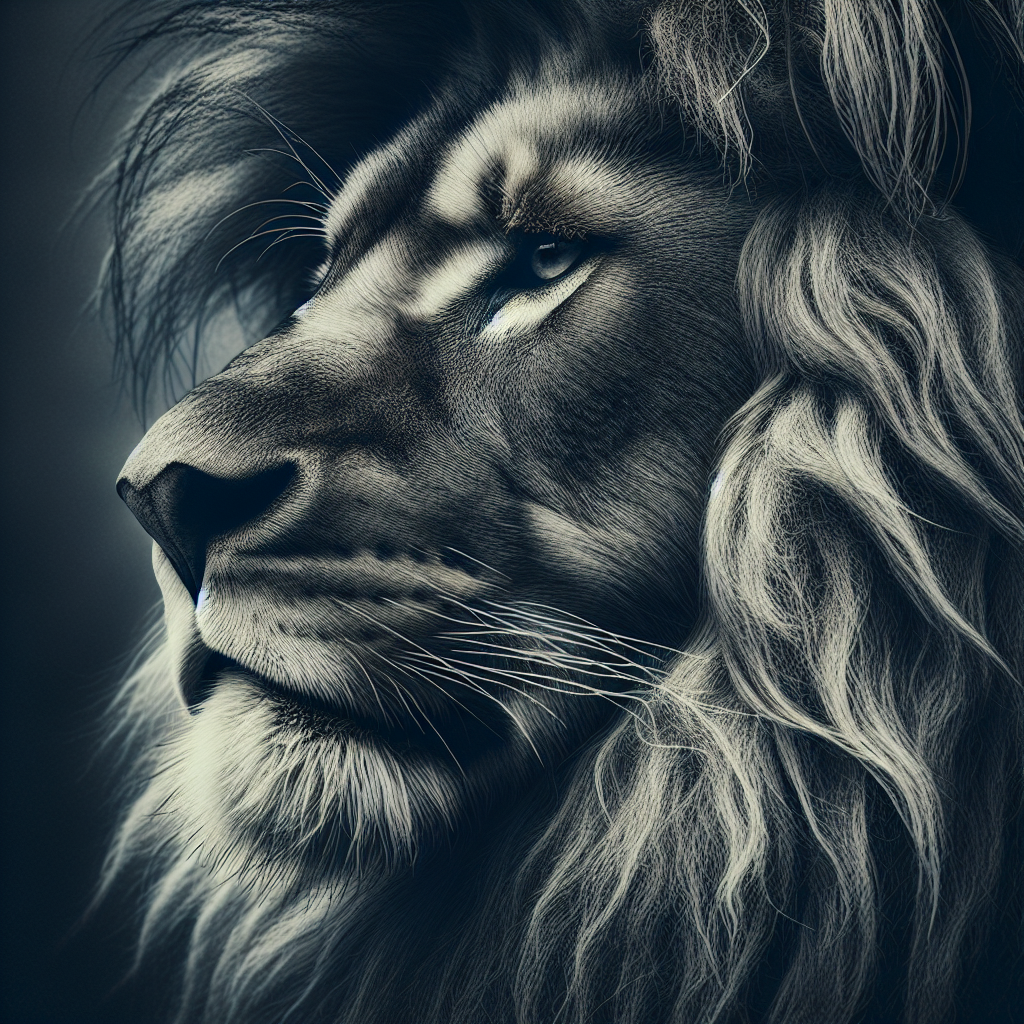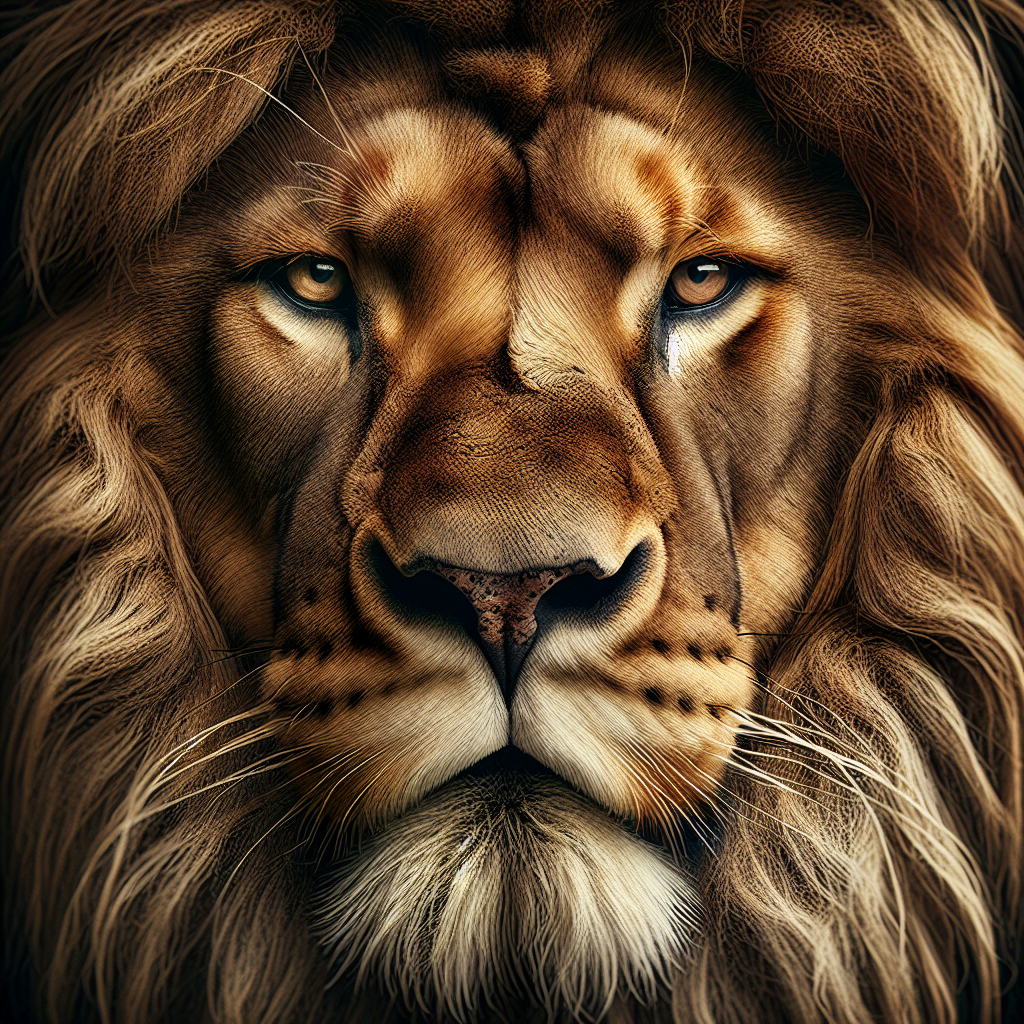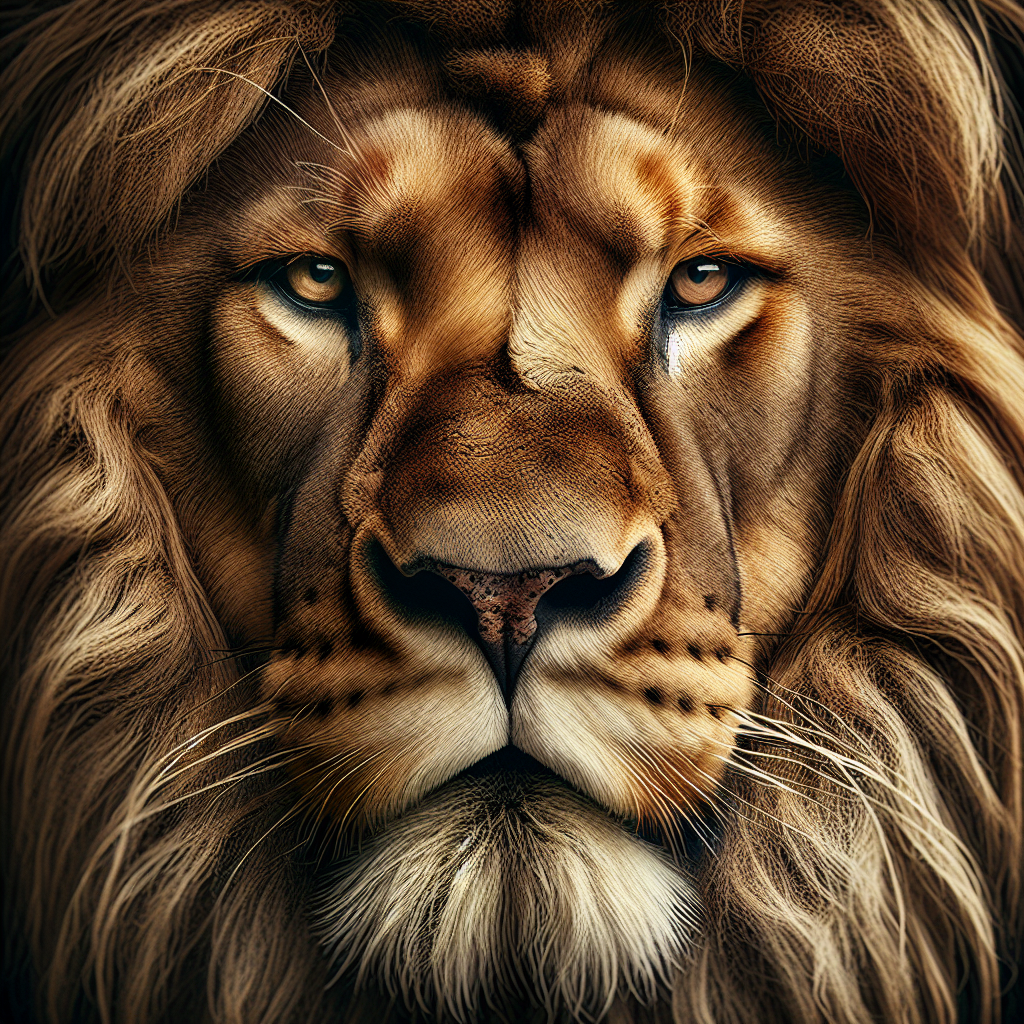So, you’re probably wondering about the different types of lions out there, right? Well, brace yourself because we’re about to take a fascinating journey into the diverse world of lions. From the majestic African lion to the elusive Asian lion, these magnificent creatures captivate our attention with their strength, beauty, and distinctive characteristics. Whether you’re a wildlife enthusiast or simply curious about the wonders of the animal kingdom, get ready to explore the incredible variety of lion species that roam our planet. Well, there are actually quite a few different types of lions. In this article, we’ll explore the various classifications of lions and delve into their unique characteristics and habitats.
African Lions
Let’s start with African Lions, which are the most well-known and widely recognized type of lion. They are primarily found in sub-Saharan Africa, particularly in savannah grasslands, woodlands, and open plains. With their majestic manes and impressive size, African Lions are a sight to behold.
As for their physical characteristics, African Lions typically have tawny, sandy-colored fur with males sporting the iconic thick, dark mane around their necks. Males can weigh up to 420 pounds and measure around 6.56 feet in length, excluding the tail. Females, on the other hand, are slightly smaller and lighter.
African Lions are highly social creatures, living in groups called prides. A pride can consist of a dominant male, several females, and their offspring. They work together to hunt, protect their territory, and raise their young. These majestic creatures are known for their regal roars and powerful presence.
Asian Lions
Moving on to Asian Lions, these majestic creatures inhabit the Gir Forest National Park in India. They are closely related to African Lions but have some distinct characteristics that set them apart. Asian Lions have a lighter coat compared to African Lions, ranging from pale tawny to sandy beige.
Unlike African Lions, male Asian Lions generally have a sparser and shorter mane. However, some males may exhibit a fuller mane, similar to their African counterparts. They are slightly smaller in size, with males weighing up to 400 pounds and measuring around 6.23 feet in length.
Asian Lions, like African Lions, live in prides, but their prides are usually smaller in size. They tend to have a more solitary nature, with male lions often wandering off on their own once they reach maturity. These lions are highly adaptable to their forested habitats and have developed unique hunting techniques to thrive in their environment.

Barbary Lions
Once inhabiting the Atlas Mountains of North Africa, Barbary Lions are sadly extinct in the wild today. These lions were found in regions such as Algeria, Morocco, Tunisia, and Libya. They were known for their impressive size, strong build, and thicker, longer manes compared to other lion species.
Barbary Lions were highly valued and hunted by the Romans for their intense battles in arenas. Over time, their population declined due to excessive hunting, habitat loss, and conflicts with humans. The last known Barbary Lion in the wild was shot in Morocco in 1922.
Congo Lions
Moving on to the Congo Lions, also known as the Katanga Lions or the Southwest African Lions, these magnificent creatures are found in the southwestern region of the African continent. Their distribution extends through countries like Angola, Zambia, and the Democratic Republic of the Congo.
Congo Lions are slightly smaller than their African counterparts, with males weighing up to 300 pounds and measuring around 6.23 feet in length. They have lighter, more golden-colored fur with a shorter mane. One unique feature of the Congo Lions is their longer and darker tuft of fur at the tip of their tail.
These lions are known for their adaptability, being able to thrive in various habitat types, including woodlands, grasslands, and savannahs. Unfortunately, due to habitat destruction, poaching, and human conflict, their population has significantly declined, making them a vulnerable species.

Masai Lions
Masai Lions, also known as East African Lions, are primarily found in Kenya and Tanzania, particularly in the Masai Mara and Serengeti National Parks. They are known for their regal appearance, boasting a thick coat of fur and a distinctive black belly.
In terms of physical characteristics, Masai Lions are similar to other African Lions. Males can weigh up to 400 pounds and measure around 6.56 feet in length, excluding the tail. Their pride structures are also comparable, with dominant males leading groups of females and their cubs.
One interesting behavior exhibited by Masai Lions is the phenomenon of male coalitions. These coalitions consist of two to four males who work together to defend their territory and mating rights. It’s awe-inspiring to witness their coordinated efforts and unity.
Conservation efforts are crucial for Masai Lions, as they face threats such as habitat loss, human-wildlife conflict, and poaching. Organizations and local communities are working tirelessly to preserve their habitats and ensure a secure future for these magnificent creatures.
Transvaal Lions
Transvaal Lions, also known as South African Lions, are predominantly found in South Africa, particularly in the Kruger National Park and surrounding areas. They are very similar in appearance and behavior to other African Lions, with males showcasing a thick, dark mane and females having a more subdued appearance.
What sets Transvaal Lions apart is their cultural significance to the people of South Africa. These lions have a special place in the country’s heritage, symbolizing power, courage, and leadership. They are often depicted in art, folklore, and traditional ceremonies.
Conservation efforts have played a vital role in safeguarding the Transvaal Lions. National parks and reserves provide protected areas for these majestic creatures to roam freely, ensuring their survival for generations to come.
Katanga Lions
Katanga Lions, also known as the Congo Lion or the Northeast Congo Lion, are found in the northeastern part of the Democratic Republic of the Congo. These lions have unique physical characteristics that distinguish them from other lion species.
Katanga Lions have a lighter-colored coat, ranging from sandy beige to golden brown. They also have a thinner mane, or sometimes no mane at all, which is a distinct feature within the lion kingdom. The reasons behind these specific characteristics are still under scientific investigation.
Unfortunately, Katanga Lions face numerous threats, including poaching, habitat loss, and conflicts with local communities. Conservation efforts are crucial to protect these lions and their fragile ecosystem, ensuring their survival and the preservation of their unique genetic traits.
Uganda Lions
Uganda Lions, also known as the Central African Lion, were once widespread throughout Uganda, Sudan, and the Central African Republic. However, their population has drastically declined due to various factors, including habitat loss, poaching, and human-wildlife conflict.
These lions have a similar appearance to other African Lions, with males having a majestic mane and females exhibiting a more subtle appearance. Uganda Lions are adapted to various habitat types, including semi-arid savannahs and woodland areas.
Efforts are being made to regenerate their population and safeguard their habitat. Collaboration between conservation organizations, local communities, and governments can make a significant difference in ensuring the survival of Uganda Lions.
Senegal Lions
Senegal Lions, formerly known as West African Lions, are native to Senegal and other countries in West Africa. They have experienced a significant decline in population over the past few decades, largely due to habitat loss, hunting, and lack of prey.
These lions have a lighter-colored coat compared to other lion species, ranging from light tawny to sandy beige. They are also smaller in size, with males weighing up to 300 pounds and measuring around 6.23 feet in length. Wildlife reserves and protected areas play a crucial role in conservation efforts for Senegal Lions.
Conservation initiatives are underway to reintroduce these majestic creatures into their historical ranges and promote species recovery. Collaborative efforts involving local communities, governments, and conservation organizations are essential in ensuring the long-term survival of Senegal Lions.
In conclusion, lions come in various forms and have adapted to different habitats and regions across Africa and Asia. Understanding their unique characteristics, distributions, and conservation status helps us appreciate their beauty and the importance of preserving these magnificent creatures for future generations.

